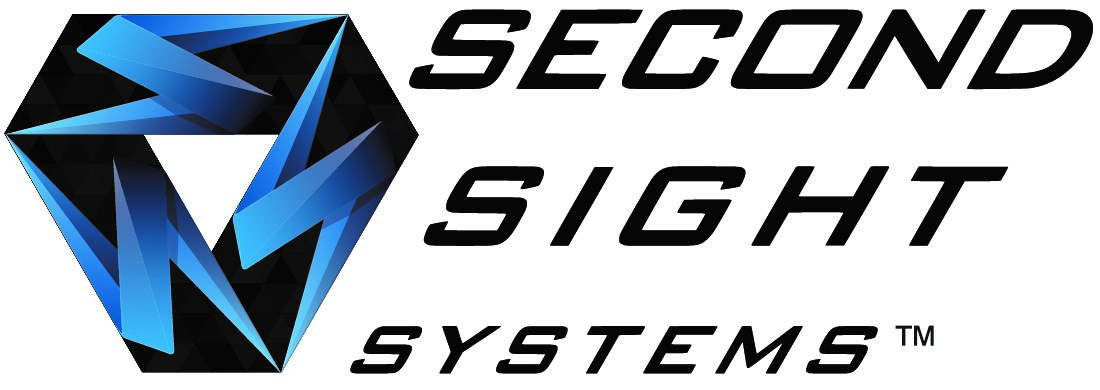
The Internet of Things (IoT) has taken over Major League Baseball, allowing teams to score big wins on and off the field. While the Chicago Cubs clinched an epic World Series victory from the Cleveland Indians, Second Sight Systems celebrates both teams as they deploy new technology to gain a competitive advantage in business and reduce their carbon footprint. Take a look.
Cub Champions
History: Last week, more than 41,000 fans packed Wrigley Field in the North Side of Chicago, where the Cubs have made their home for 102 years. In 2009, billionaire Thomas S. Ricketts and family bought a 95% ownership in both the Cubs team and stadium for $875 million.

Major League IoT: Realizing a need to increase communication between its new office, Wrigley Field, and training centers in Arizona and the Dominican Republic — the Chicago Cubs initiated a massive IoT overhaul between 2012 – 2014. “The infrastructure upgrades were all enablement tools to help us deliver strategic applications that leverage the cloud, the web and Software as a Service for efficiency, communication and collaboration gains,” Andrew McIntyre, the club’s senior director of IT, told Biz Tech Magazine. These upgrades included:
The team’s new training center in Mesa, Arizona was the Cub’s most complex IoT project to date. Supporting a player development facility, ballpark, support staff and vendors in one spot, there was a need for layered configuration, including an internal network, guest network and IT to support ticketing, security, and point-of-sale services. “You just keep layering more and more complexity and more and more services on, which means your network and your infrastructure needs to be that much more robust to support them,” McIntyre said.
What has resulted is a shared experience across the operation, from Chicago to Mesa and the DR, making it easier for executives and the IT team to manage the office and customer-facing services. The Cubs are also now in perfect position to coordinate and realize efficiencies in its historic renovation of Wrigley Field.

A Greener Wrigley: In 2013, the Cubs kicked-off a $575 million renovation, not only to make the stadium look better but to utilize efficient appliances and hot water systems to reduce energy consumption. On its way to a much greener future, the Cubs are also:
The Cleveland Indians
History: The World Series contenders make their home at Progressive Field in downtown Cleveland, which first broke ground in 1994. Financed by Richard Jacobs and the city’s sin tax to the tune of $175 million, the baseball park has a capacity of 35,225.
IoT Power Play: Off the field, the Indians are deploying data and self-service analytics to boldly improve its front-office operation. New platforms are helping the Indians:
At the ballpark, the Cleveland Indians rolled out super-fast 4G LTE so fans can check-in at the game to unlock offers and watch instant replays directly on their phones.
Leading in Green: Aside from analytics and stadium wi-fi, the team also leads in energy efficiency. In 2007, the team was the first to install solar panels, deploying 42 GE solar panels to power the facility’s more than 400 tvs. The following year, the team launched “Our Tribe is Green…Are you in the Tribe?” campaign to rollout recyclable paper, biodegradable cornstarch cups, and game-day recycling. In addition, the Indians installed LED lights across the stadium, helping the team avoid generating over 74,000 tons of CO2 emissions since 2009.
Next-Gen Ballgame

Second Sight Systems supports these IoT efforts which are reverberating across the league. IoT offers not only a competitive advantage in business, but we’re seeing next-gen analytics take over training– with all 30 major-league teams having a data analytics team and using devices such as Zepp and Diamond Kinetics that track swing data to improve speed and bat angle. With wearable technology and virtual IoT also coming on board, baseball is going to be a whole new ballgame.
